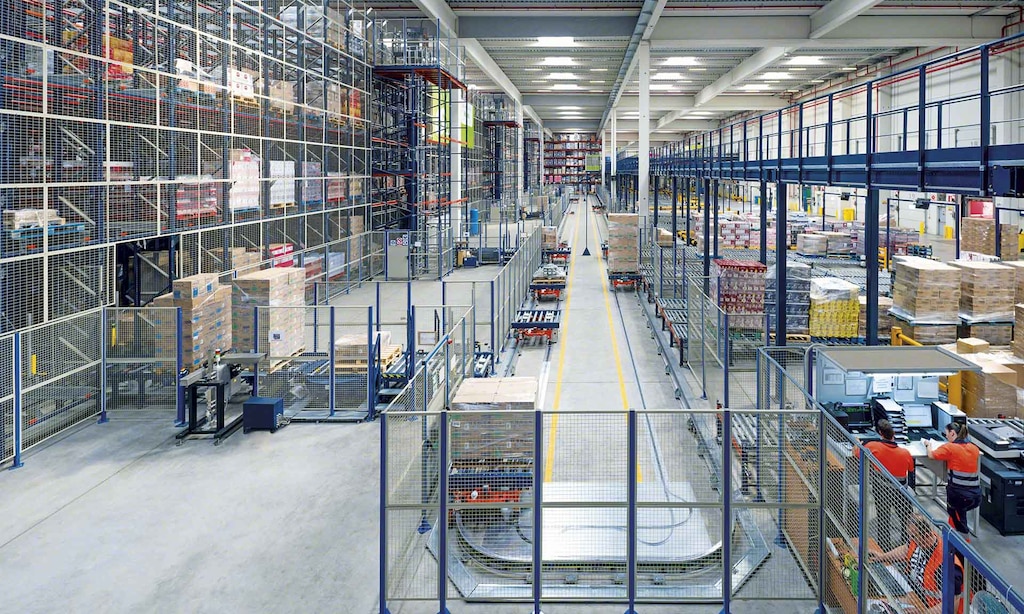 Call at :
+86 18681515767
Call at :
+86 18681515767
 Email :
marketing@jtspeedwork.com
Email :
marketing@jtspeedwork.com
 Call at :
+86 18681515767
Call at :
+86 18681515767
 Email :
marketing@jtspeedwork.com
Email :
marketing@jtspeedwork.com
Optimizing Warehouse Efficiency: A Dive into RFID Technology

As the logistics and warehousing industries rapidly develop, efficiently and accurately managing and locating goods in warehouses has become key to enhancing operational efficiency. Radio Frequency Identification (RFID) technology, as an advanced automatic identification and data collection technology, is increasingly being applied in warehouse management. This article will discuss the role of RFID readers and tags in warehouse goods localization, and illustrate the advantages and disadvantages of different frequency RFID systems through specific project examples.
RFID technology transmits data through radio waves and mainly consists of RFID tags and RFID readers. Tags are attached to items and contain a small antenna and a chip to store information about the items, while readers are used to read and write data from and to the tags. Based on different operating frequencies, RFID systems can be divided into three categories: Low Frequency (LF), High Frequency (HF), and Ultra High Frequency (UHF).
In a food processing company's warehouse, due to the high humidity and the need to penetrate packaging materials to read information, an LF RFID system is used to track and manage goods. In this case, the LF RFID system can ensure stable performance in humid environments. However, due to its short reading distance, the company had to install more readers to cover the entire warehouse, increasing the system's complexity.
In a clothing retail company's warehouse, HF RFID systems are used to manage and locate goods. Clothing is usually made of different materials, and HF RFID tags can effectively read the information of tags wrapped in various materials, providing accurate goods localization. Despite its limited reading distance, it still operates effectively in a rela
tively concentrated warehouse environment.
In a large e-commerce warehouse, a UHF RFID system is used to manage and locate a vast number of goods. The warehouse handles various types of goods in large quantities, and UHF RFID's long reading distance and fast reading capability can effectively handle the high frequency and large volume of goods entering and leaving the warehouse. Additionally, deploying a few high-performance readers can cover a large warehouse area, reducing system complexity and deployment costs.
Categories
New Blog
Copyright © 2025 Shenzhen Jietong Technology Co.,Ltd. All Rights Reserved.

IPv6 network supported